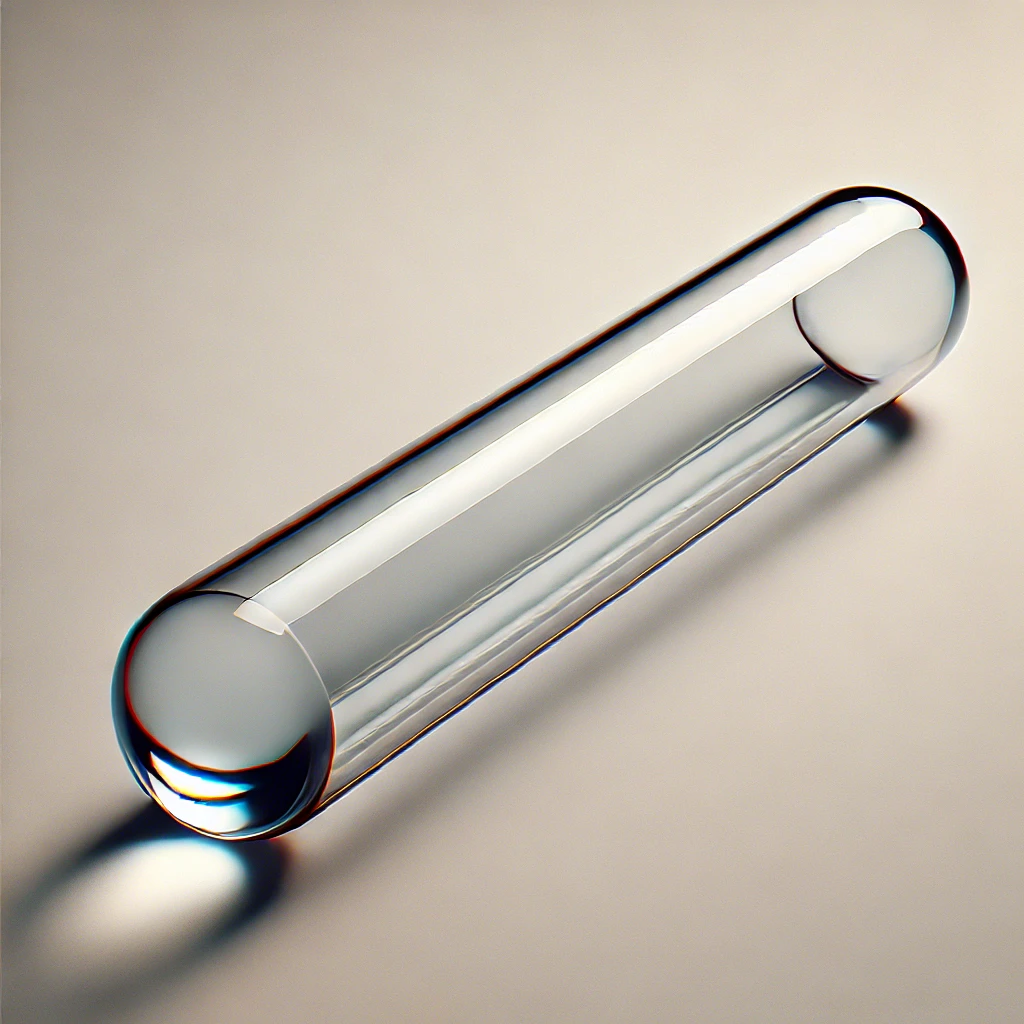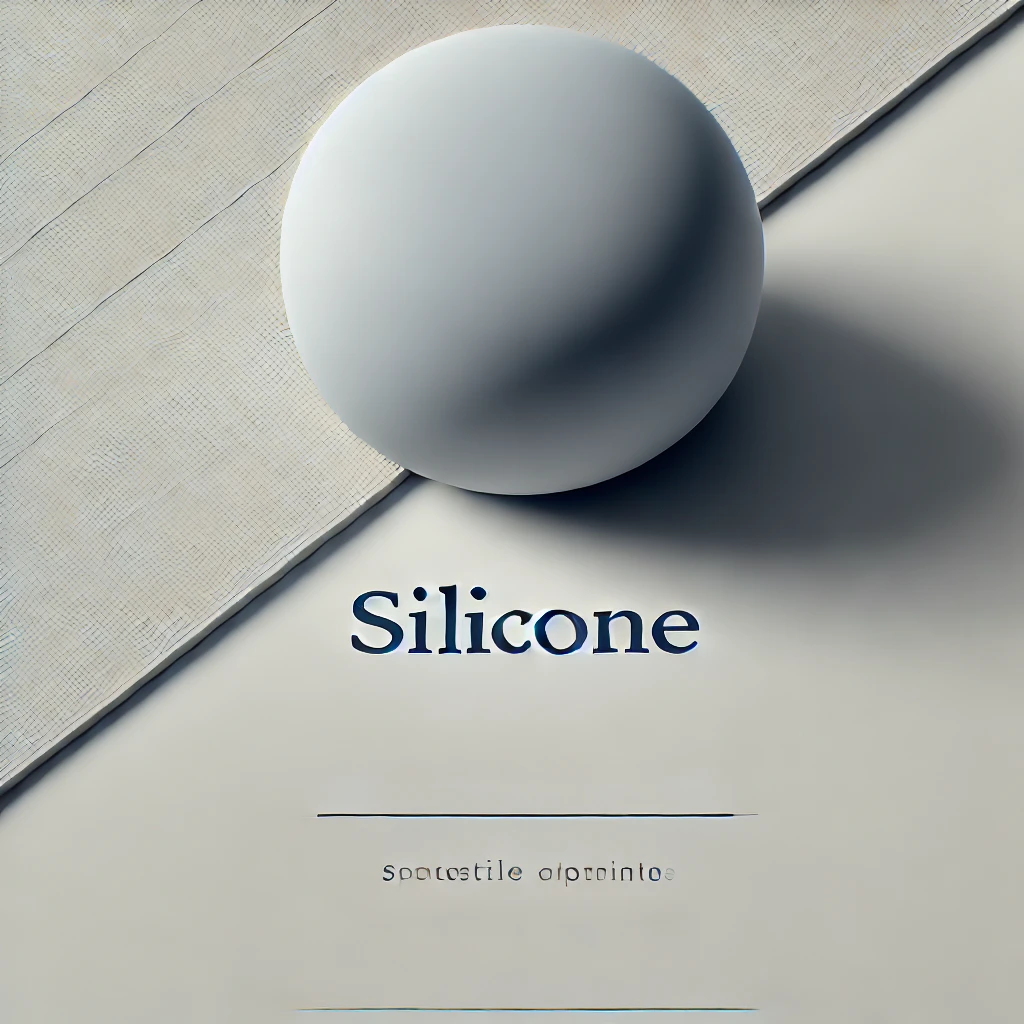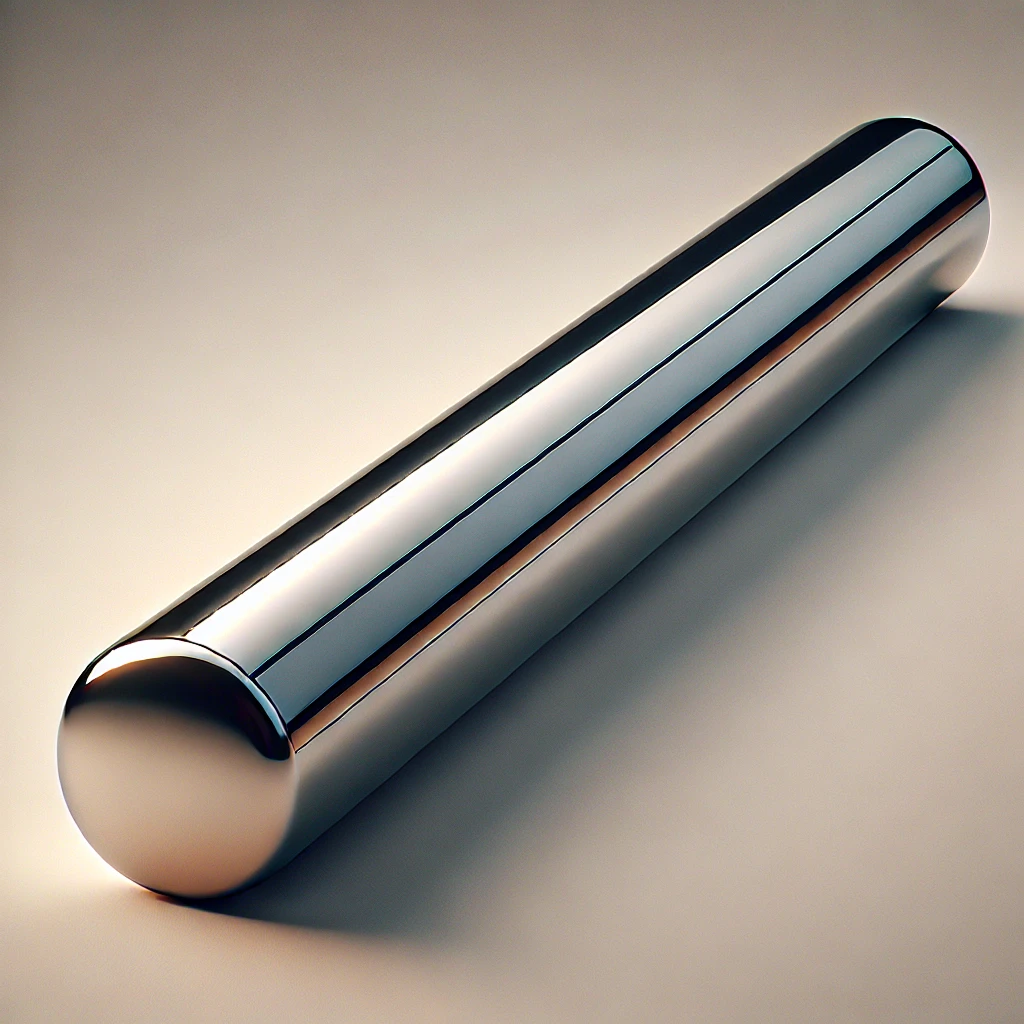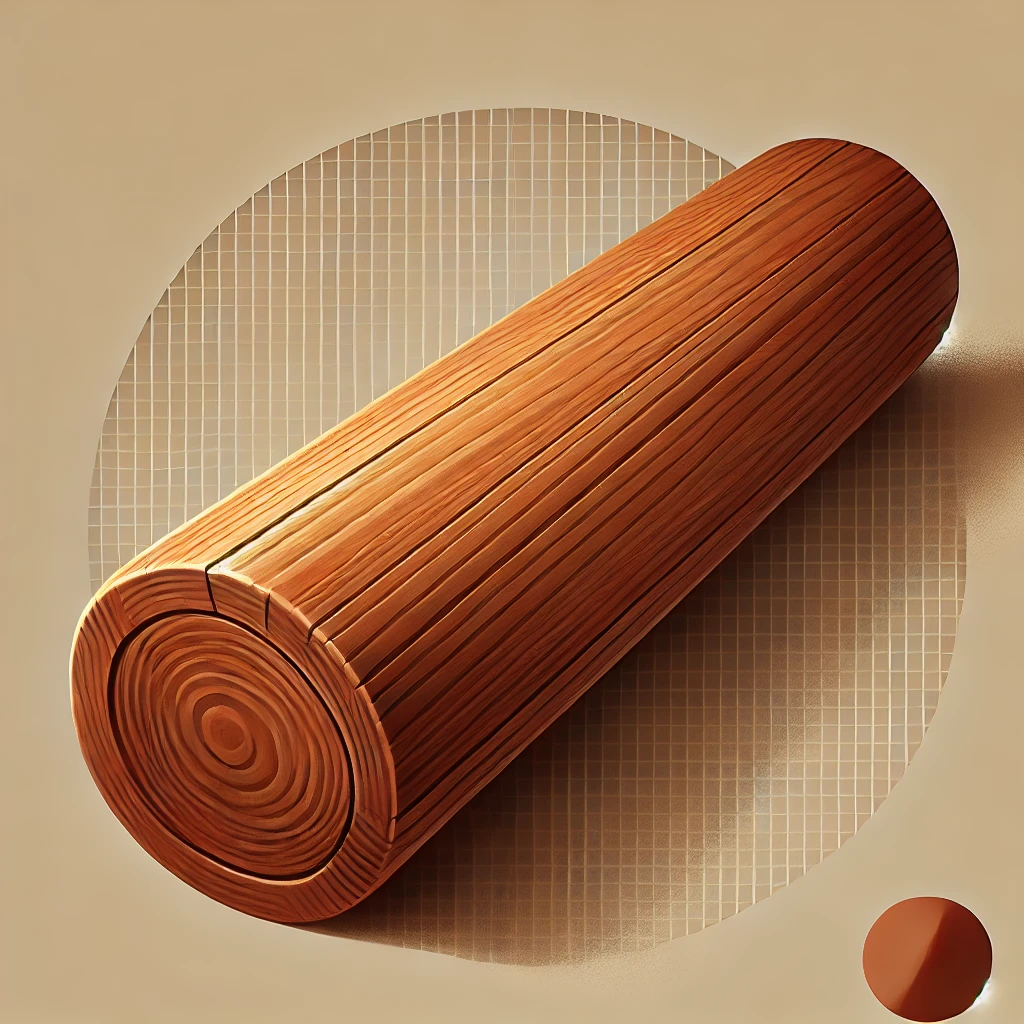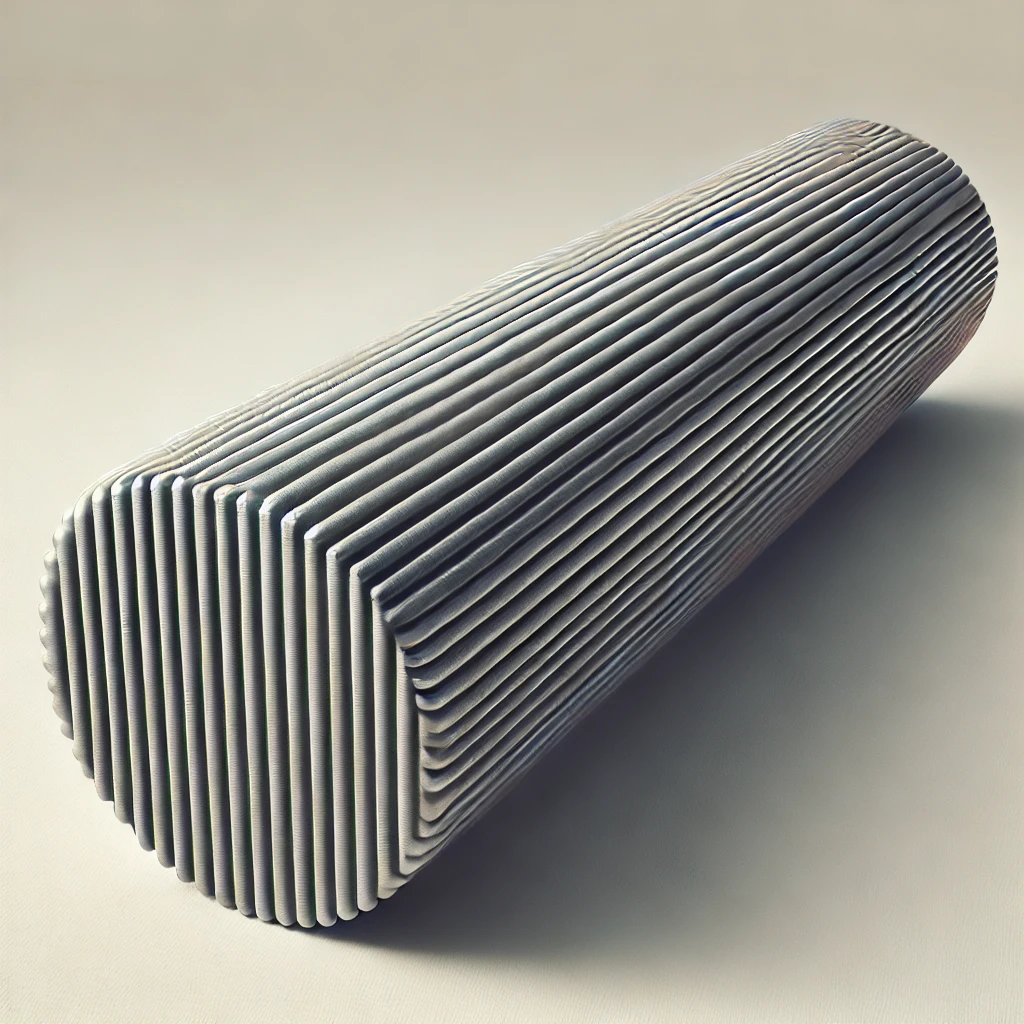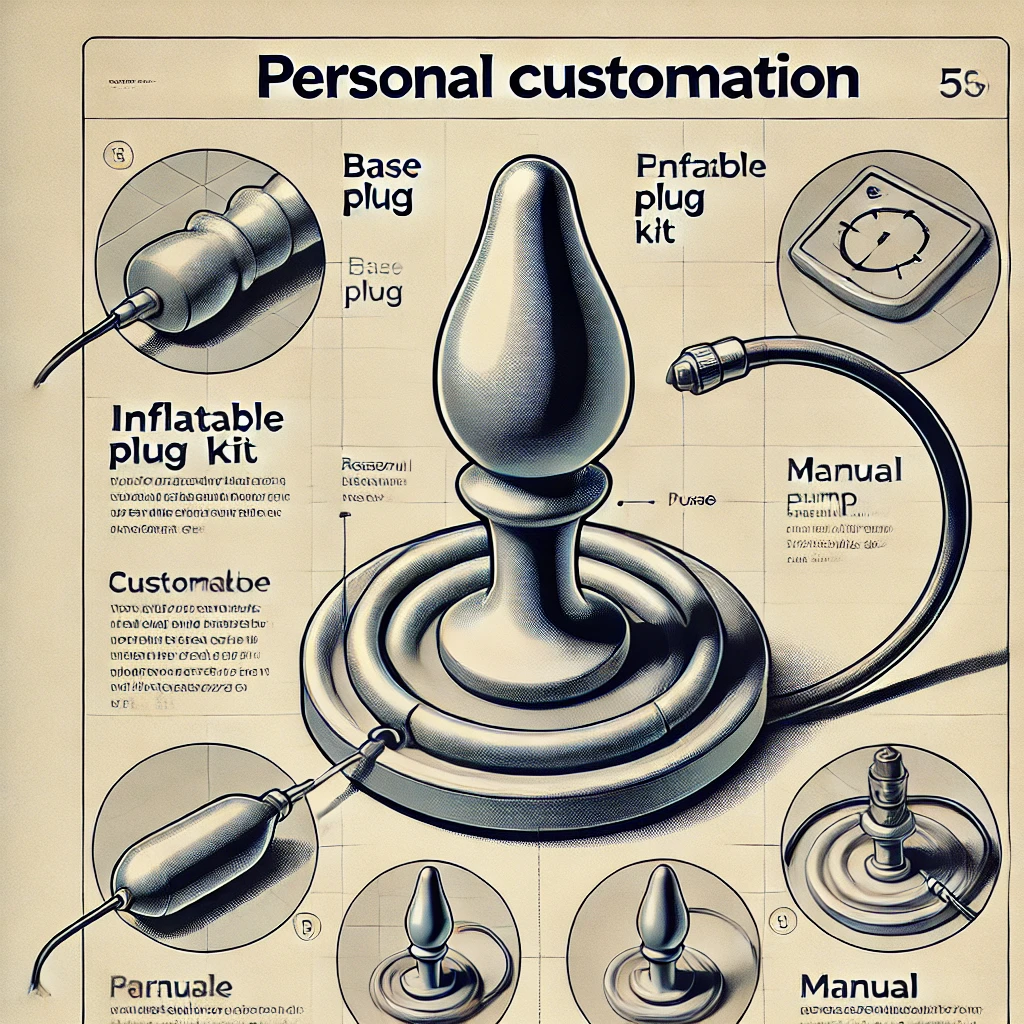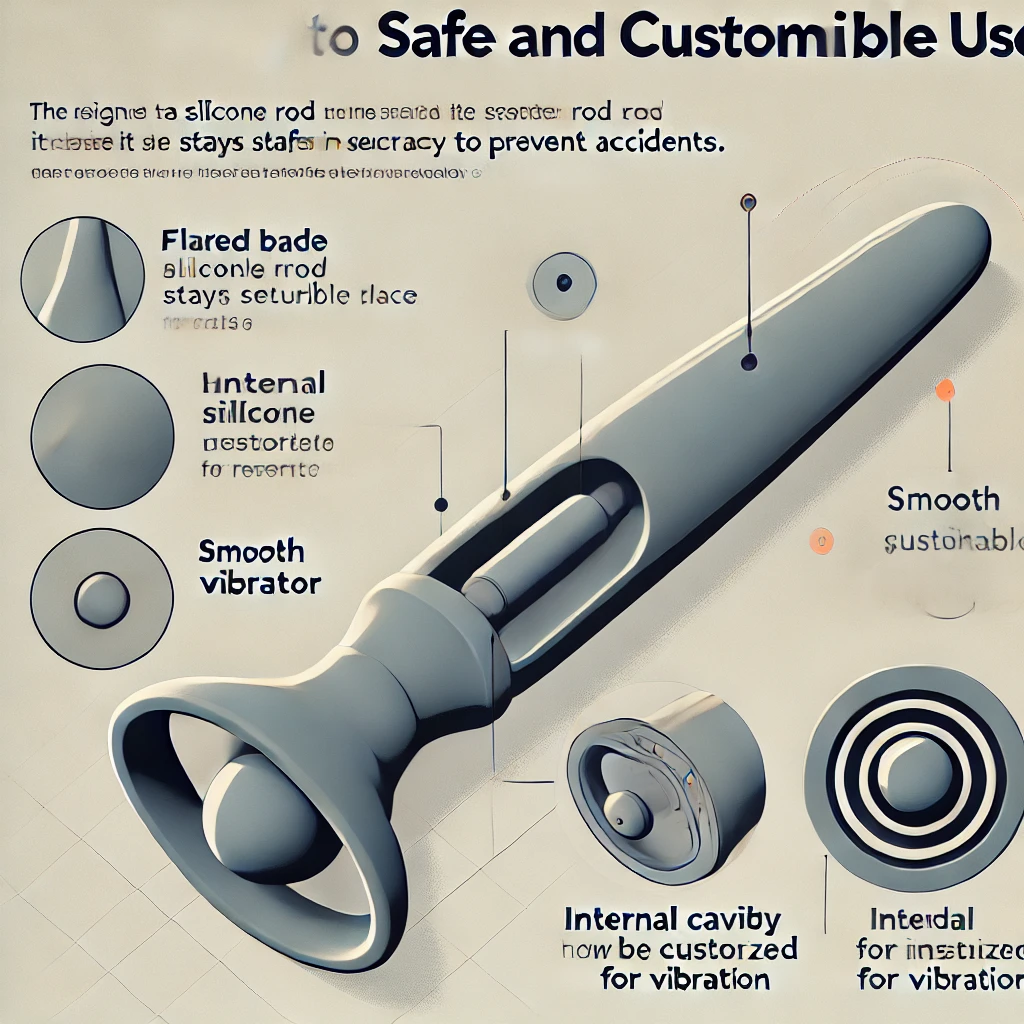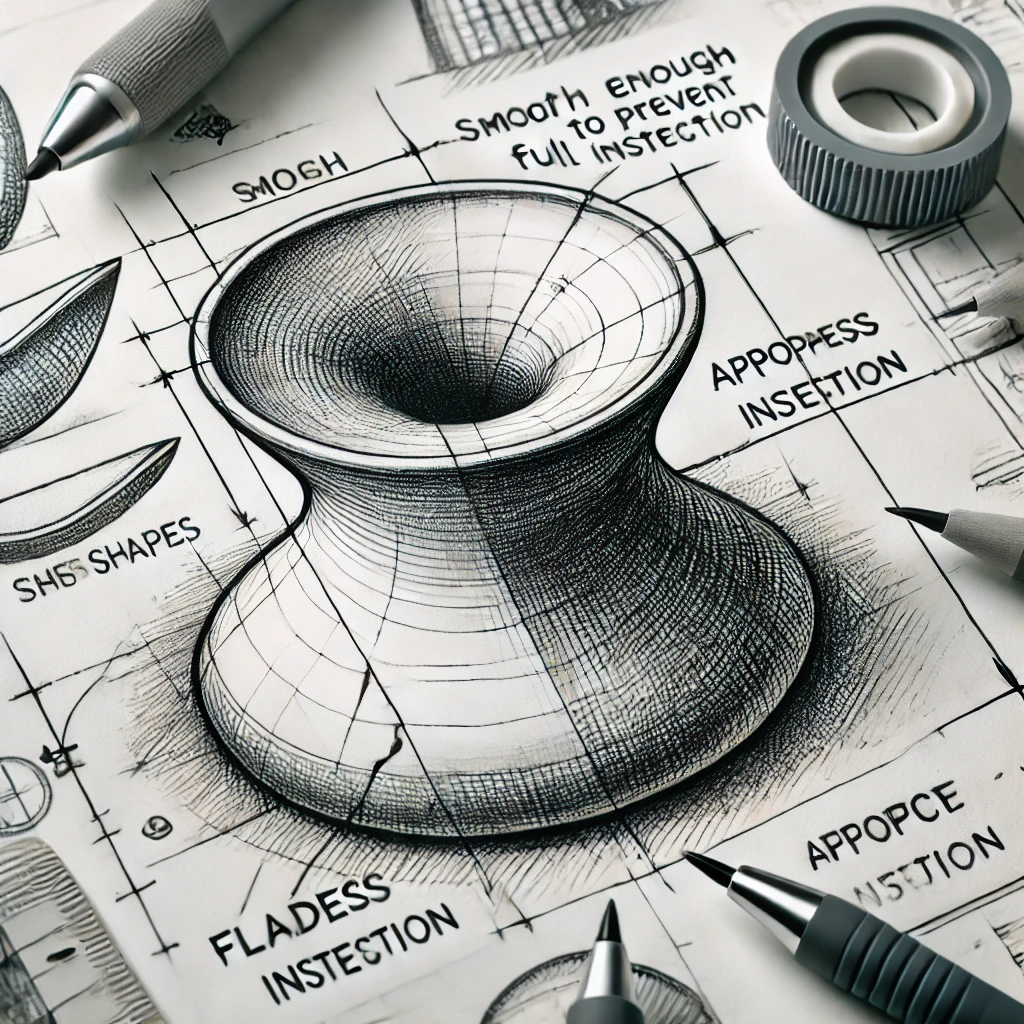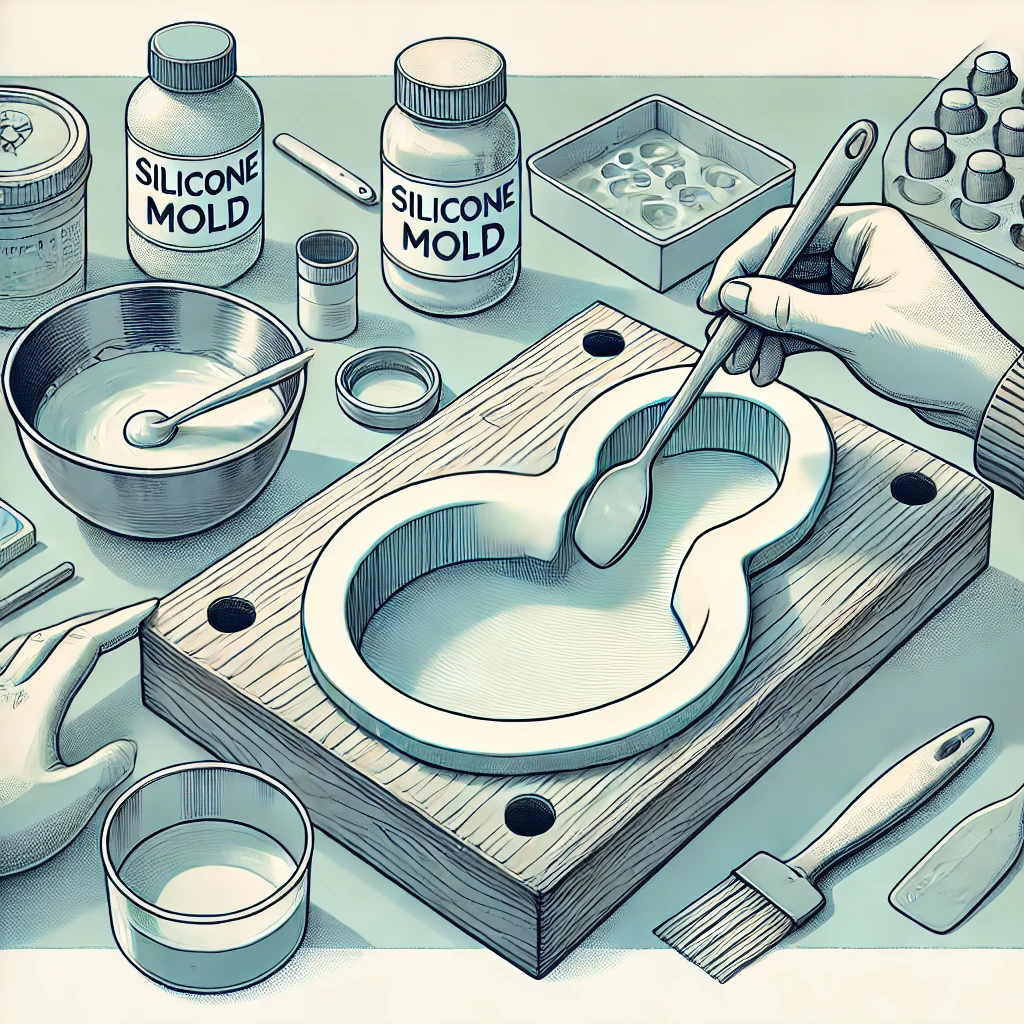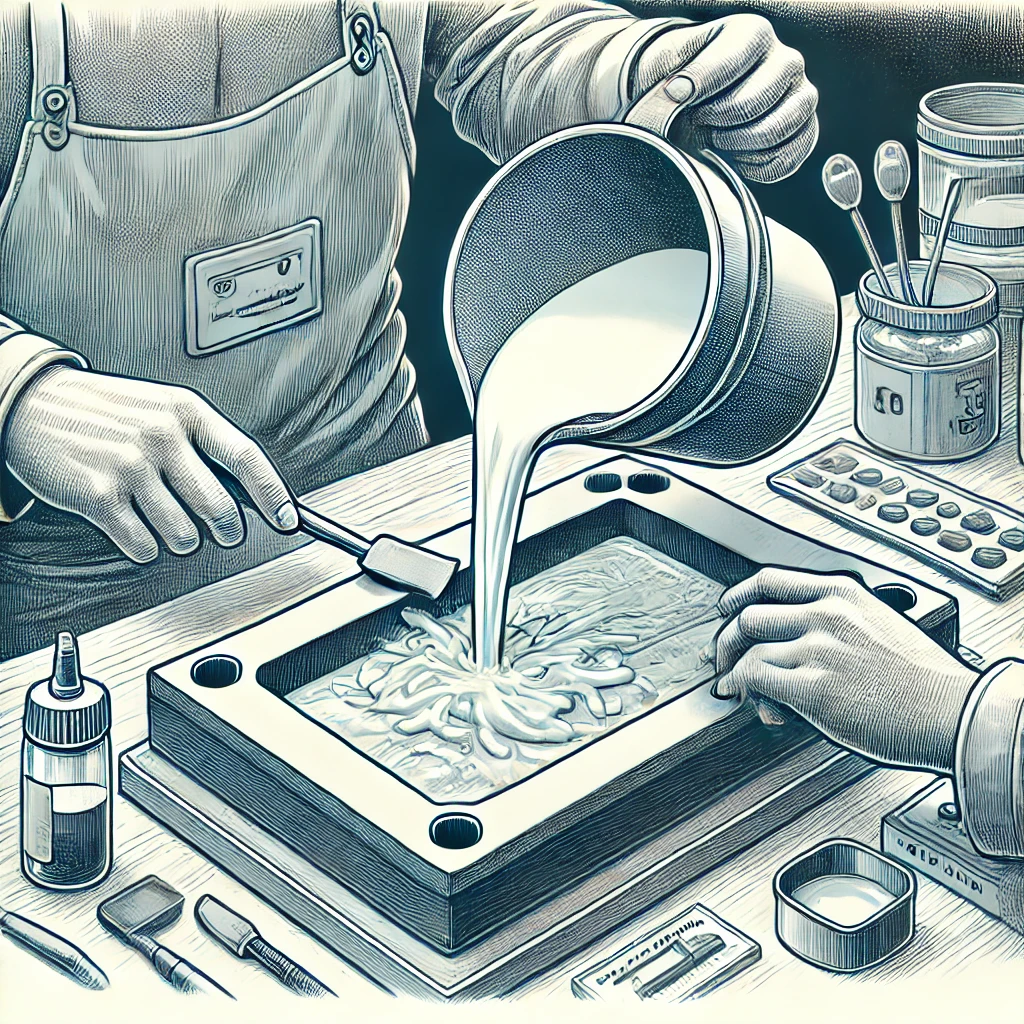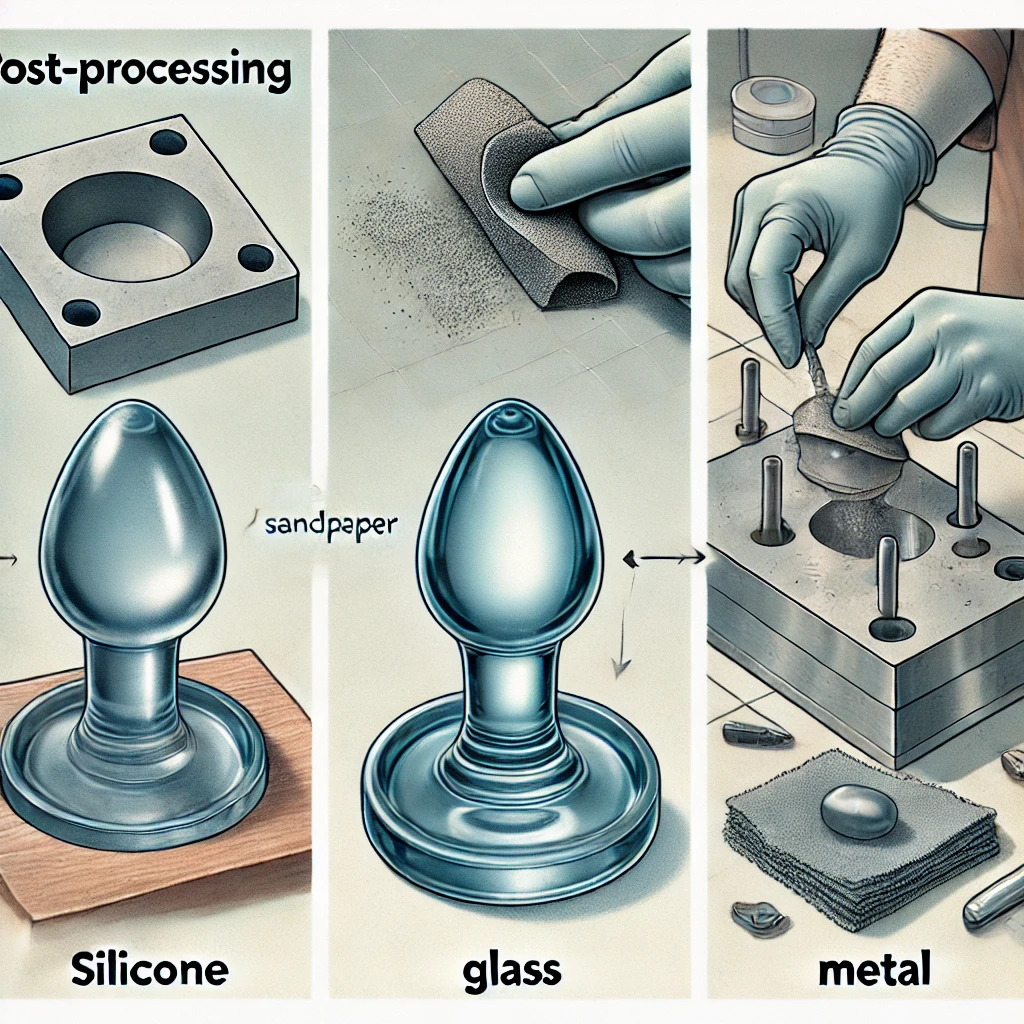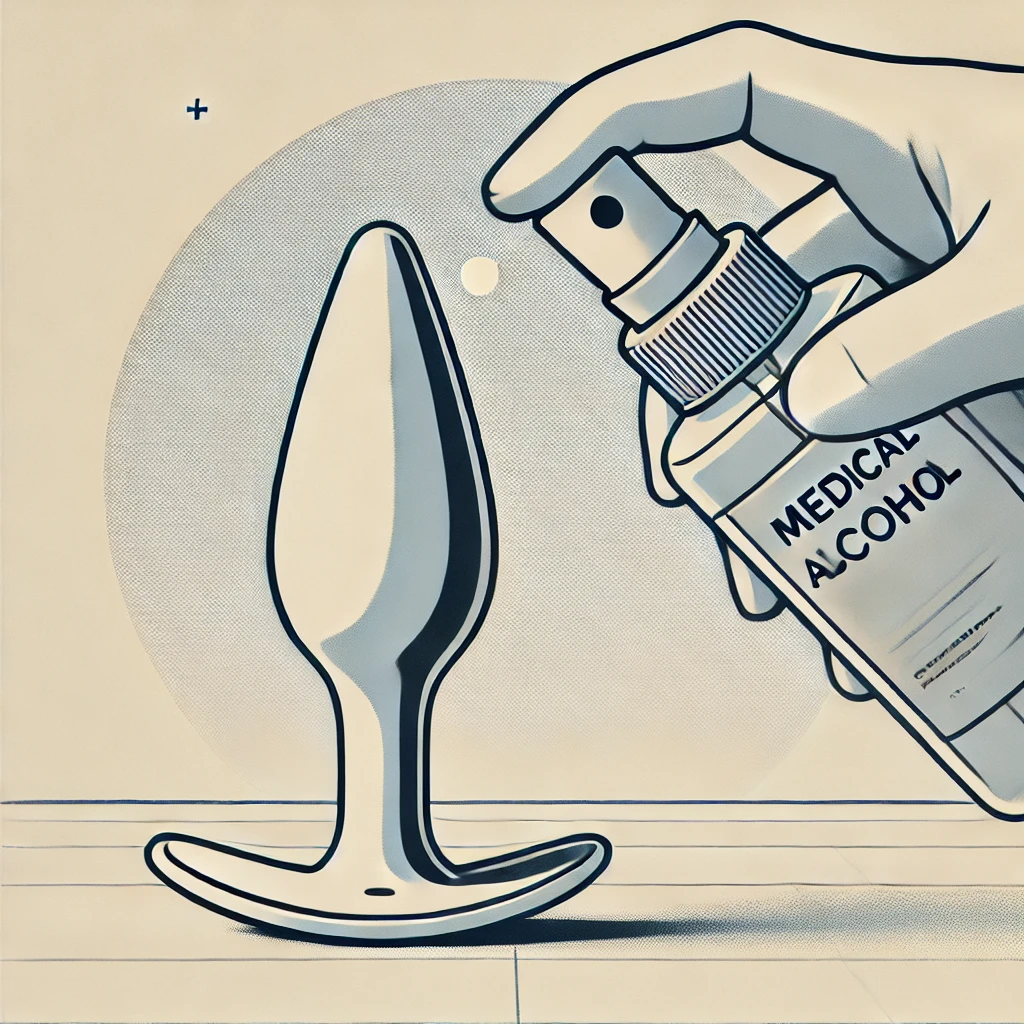Introduction
Butt plugs are a fundamental element in the world of sexual exploration, especially for those venturing into anal play.
Known for allowing hands-free stimulation over extended periods, butt plugs have become a favorite among enthusiasts.
But what if you're contemplating a DIY approach to creating your own butt plug?
Let's dive into the aspects of creativity, safety, and sensibility to understand whether this is a viable and safe option.
Understanding Butt Plugs
Before we embark on the journey of making one, it's crucial to grasp what makes butt plugs so special.
These devices are primarily designed to stimulate the prostate gland or apply pleasurable pressure against the vaginal wall.
They stay securely in place due to their flared bases—a critical design feature that prevents the toy from being inserted too deeply, which could lead to potential injuries.
The Appeal of DIY Sex Toys
The idea of crafting a personalized sex toy is quite appealing.
It might be the customizability, the thrill of creation, or simply a way to economize.
Whatever the reason, the internet is teeming with DIY guides that promise easy and quick solutions—from homemade dildos to makeshift vibrators.
However, when it comes to butt plugs, a more delicate approach is necessary due to the inherent risks involved.
Risks of Homemade Butt Plugs
Creating your own butt plug comes with significant risks, including:
Infections: Non-sterilizable materials can harbor bacteria or yeast, leading to infections.
Physical Injury: Improperly shaped items or those lacking a flared base can cause tears or become lodged in the rectum.
Chemical Hazards: Using items like certain fruits or vegetables treated with chemicals or pesticides can pose serious health risks.
DIY Materials: What Works and What Doesn’t
When choosing materials for a DIY butt plug, safety must be the top priority.
Although the internet is rife with various recommendations, not all are suitable for making butt plugs.
Here's an analysis of common materials to help you understand which are safe and which should be avoided:
Glass: As previously mentioned, glass is an excellent material choice provided it is properly treated to prevent shattering.
Ensure that the glass used is tempered and annealed so that if it does break, it won't shatter into sharp fragments.
Additionally, glass's non-porous nature makes it easy to clean and sterilize.
Silicone: Medical-grade silicone is another ideal material for making butt plugs because it's safe, non-toxic, and pore-free, preventing the growth of bacteria and fungi.
Silicone butt plugs can also be sterilized at high temperatures, offering additional safety assurances.
Ensure that the silicone used is designed for medical or food-grade applications.
Metal: Choosing medical-grade stainless steel or food-grade aluminum can create safe and durable butt plugs.
These materials are not only easy to clean but can also be sterilized at high temperatures, and their thermal conductivity makes them perfect for temperature play.
Wood: Although wood may seem like an attractive natural choice, it is not suitable for making butt plugs.
Wood is a porous material that can harbor bacteria and fungi and is difficult to thoroughly clean and sterilize.
If wood is to be used, it must be thoroughly sealed and coated with a safe waterproof finish.
Plastics and Rubber: Many non-professional DIY guides might suggest using certain household plastics or rubber items.
However, these materials are generally not suitable for butt plugs as they can contain harmful chemicals like phthalates and other hazardous additives.
Moreover, the process of cleaning and sterilizing these materials is not as straightforward as silicone or metal.

They are typically porous, making them difficult to thoroughly clean and sterilize.
If opting for 3D printing, specialized medical-grade materials should be used, and the surface must be smoothly finished and properly sealed.
From this analysis, it's evident that choosing the right materials is key to the success of a DIY butt plug project.
Ensure that you use materials that can be safely cleaned and sterilized, avoiding those that could harbor bacteria or be harmful to the body.
Choosing the right materials not only ensures the safety of the DIY project but also enhances comfort and satisfaction during use.
The Professional Alternative
Given the risks associated with DIY projects, purchasing a butt plug from a reputable manufacturer is often the safer and more reliable choice.
These products are designed with body-safe materials and undergo rigorous safety and durability testing.
Integrating Technology: Vibrating Butt Plugs
Adding a dimension of vibration to butt plugs can enhance the experience.
These devices usually have a hole at the base where you can insert a small vibrator, providing additional stimulation safely and effectively.
Other DIY Sex Toys: Exploring Safer Options
While crafting a butt plug requires careful attention to safety, other DIY sex toys may offer more straightforward paths for creative experimentation.
Here are some safer alternatives for those interested in DIY sex toy projects:
Anal Beads: Making anal beads can be a simpler and safer project.
You can use materials like silicone to create a series of beads connected by a silicone string.
Ensure that each bead is smoothly finished with no sharp edges and that they graduate in size to provide a comfortable experience.
Like with butt plugs, the base of the anal beads should have a secure handle or ring to prevent complete insertion.
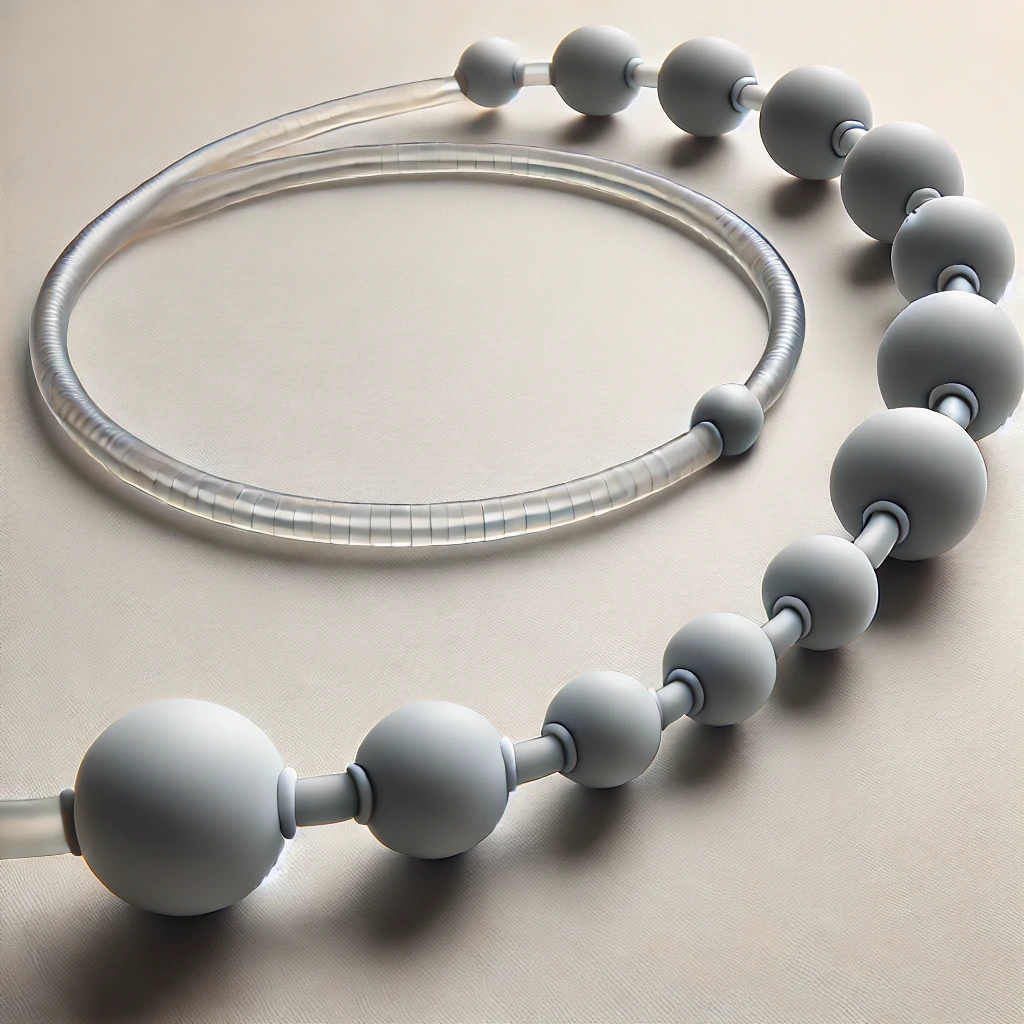
You can purchase basic inflatable plug kits that allow for personal customization.
These kits typically include a rubber or silicone base plug with an integrated hand pump.
Customizing can involve enhancing the surface texture or adding layers for additional firmness while ensuring that the inflation mechanism works smoothly and safely.
Dildos: DIY dildos provide a wide range of creative flexibility. Materials like silicone are ideal because they can be molded into any shape and size. When creating a dildo, ensure it has a flared base if it will be used for anal play to prevent accidents. You can also integrate vibrations by including a cavity to insert a small vibrator.
Step-by-Step Guide to Making a Safe DIY Butt Plug
Here is a step-by-step guide for enthusiasts who wish to handcraft a butt plug from scratch, ensuring safety and success throughout the process:
Design Planning: Draw your design on paper, focusing on the smoothness of the shape and the appropriateness of the size.
Ensure the design includes a sufficiently wide flared base to prevent complete insertion.
Material Selection: Based on the discussion above, choose a safe material such as silicone, glass, or metal.
Ensure the material you use can be cleaned and sterilized.
Mold Making: If you choose to use silicone, you will need to create a mold.
You can purchase ready-made silicone mold kits or make your own.
Ensure the interior of the mold is smooth and flawless to prevent the finished product from having sharp edges.
Pouring and Curing: Mix the silicone according to the supplier's instructions, then pour it into the mold.
Make sure there are no bubbles, then allow it to settle before curing.
Post-Processing: Once the silicone has cured, remove the butt plug and sand down any rough edges or protrusions with fine sandpaper.
For glass and metal, ensure all surfaces are polished to prevent any potential injuries.
Sterilization: Use a sterilization method appropriate for the material, such as steam, medical alcohol, or a specialized disinfectant, to thoroughly clean and sterilize your DIY butt plug.
Safety Testing: Before actual use, perform safety tests to check the stability and structural integrity of the butt plug.
You can cover it with a condom during initial use to provide an additional layer of safety.
By following these detailed steps, you can ensure that your DIY project not only meets your personalization needs but also maintains safety during use.
Conclusion: Balancing Creativity with Caution
Crafting your own sex toys can be a rewarding endeavor, but when it comes to butt plugs, the risks often outweigh the benefits.
For those who enjoy crafting, start with less risky projects.
Remember, the priority in sexual exploration should always be safety and pleasure, not just innovation.
For those looking to truly indulge safely and creatively, investing in professionally made, high-quality sex toys is often the best route to both satisfaction and safety.
By understanding the risks and weighing them against the joys of customization, enthusiasts can make informed decisions that prioritize well-being over novelty, ensuring that adventures in sexual wellness remain both exciting and safe.


